Back from Cornwall I met up with Ian at Hill Head, Friday and Saturday had seen heavy rain and very strong winds, the early morning was clear with sunshine but also, still, a very strong south westerly wind. The tide had just turned but there were significant waves on the sea but very little else.
It had been a while since I had been here the last four to six weeks having been about butterflies. Common Terns were moving from Duck Bay out to sea and a Common Sandpiper flew into the bay and settled on the exposed mud on the right hand side.
We walked around to the visitor centre and from the harbour bridge there was a pair of Great-crested Grebe, one with two young birds on their back.
After walking around the sailing club and the beach we checked in at the centre. On our way to the west side we stopped to photograph the Common Terns fishing in the bay.
From the Meon Shore Hide the first thought was the water level was much too high, there wasn't any mud exposed at all. The strong wind though had pushed the birds to shelter and this moved them closer to the hide. Avocets have had a good year and there were at least a dozen adult birds in front of the hide.
To the left of the hide there were several young birds feeding. Adults were close by and even if they looked like they were sleeping they were always alert from any potential predator.
Then to our surprise an adult Mediterranean Gull flew to the small island in front of the hide, normally they stay at the back of the scrape so this provided a great opportunity to photograph the gull close up.
It was just beginning to lose the black feathers on the hood.
Then it came out of the water to settle on the small island.
There were still birds with young on the islands and while we couldn't see them we had to assume the Common Terns had young because the adults were flying in with fish. The predators knew this too and a Lesser Black-backed Gull would fly over testing for weaknesses in the smaller birds defence. As they did they would be greeted by the Avocets, Black-headed Gulls and Common Terns who would chase the gull off.
Calls of a Sandwich Tern alerted us to a couple of adult birds that flew around the scrape.
But the majority of the calls were coming from the juvenile birds. Settled on the ground the delicacy of the plumage is not that apparent, but in flight you can see clearly the brown scalloping.
The Lesser Black-backed Gull had made several sorties around the scrape and was met with mobbing, but a lot of calls and birds going up had us see the gull dive into one of the islands and come up with a young Common Tern chick. It had found a weakness and exploited it. The adults chased the gull but with no chance of saving their chick. Nature is cruel but the gull probably has a chick of its own to feed.
The wind was relentless but it was pushing the birds close to the hide for shelter, the Avocets specially.
It hasn't been a very good year for the Black-headed Gulls with over two hundred succumbing to avian flu on the reserve. There were still quite a few though using the islands and while these are adult birds there were also a good number of juvenile birds.
More Mediterranean Gulls were moving, flying to the small island close to us.
But settling on the water just behind the island.
With good numbers of Avocet close to the hide it was a great opportunity to concentrate on them.
Preening while standing on one leg.
Standing on one leg was not ideal in the fresh wind and every so often the Avocet would have to keep balance by flapping the wings.
But then a gust requires balance once more.
I moved back to the Mediterranean Gulls on the island and then the Black-headed Gulls, as I moved through them I realised that one was a lot smaller and delicate.
A Little Gull and from the plumage probably a second calendar year bird, or a first summer depending on how you choose to describe the aging.
There are still black tips to the primaries.
It moved from the island into the water and started to pick at the surface of the water.
The smallest gull, it always appears as a delicate bird with the needle like bill
Unfortunately the Black-headed Gulls didn't take a similar liking to the Little Gull and chased it off, it left the scrape, flew over the hide and away to the beach. Twenty minutes later it was seen along the tide line at Calshott.
So it was back to the Avocet and a portfolio of black and white photographs, no bird for me lends itself better to this media than the Avocet
And one or two in colour.
And an adult Common Tern.
Once or twice a Common Sandpiper had attempted to settle on the island in front of the hide, but were chased off by the Black-headed Gulls. This one though managed to evade the gulls and feed along the edge of the shingle.
Surprisingly the birds seen today were my first of the year.
We walked up to the Spurgin Hide where the highlights were Bearded Tits showing briefly in the wind swept reeds.
Coming back on the turn to the Pumfrett Hide there is a bank of bramble sheltered from the wind and in the sunshine it was covered in butterflies, Red Admirals, Meadow Browns and Gatekeeper were the most numerous with a couple of Common Darters. But of interest was the opportunity to photograph a Holly Blue, not always an easy butterfly to get close to.
Unfortunately no open wing shots but I was able to get close to the head.
Other butterflies were this Small Skipper.
And an immaculate Comma.
After lunch we decided to head around to Browndown South. I wanted the opportunity to get Grayling for the year and there was always the hope of the Purple Hairstreaks in the low oaks, although it might be a little late.
We walked all the way over to the oaks and as we approached a Grayling flew up from the shingle.
As you can see the camouflage of the butterfly is immaculate, the wings are always kept closed but they will show an "eye" briefly as they settle and that is the money shot, but they do snap the wing down very quickly. I was able though with this one to be able to get in close.
At the first oak Ian shook a branch and immediately a butterfly flew up, after a search it settle on a leaf at eye level.
The wind was blowing the branches about so we took it in turns to hold the branch so the other could get a still photograph.
As we walked around looking for Grayling we unexpectedly flushed a female Nightjar, it took off and headed towards the gorse, as we followed it was joined by a male, the wing spots showing well as it glided over the heather and away behind some distant oak.
We walked around looking and hoping we could find one of them sitting nicely on the ground, but to no avail, still a bird I had given up this year was now a safe year tick.
As we searched for the Nightjar we did come across a very smart Painted Lady.
And there were plenty of Grayling about too.
I noticed that this Grayling was not keeping the upper wing down, every so often it would raise it and show the eye.
And they it flicked it up and it showed at last.
I had pressed the shutter and fired of quite a few shots, when I looked at the last one, while blurred I had the holy grail of the a fully open wing shot.
As we walked back we had another Painted Lady amongst the shingle.
Then to round things off a Silver Y moth.
The weather hadn't promised much today but overall it can be considered a good one with some great shots and a couple of year ticks that included Nightjar and I can keep up with the butterflies for the year.
















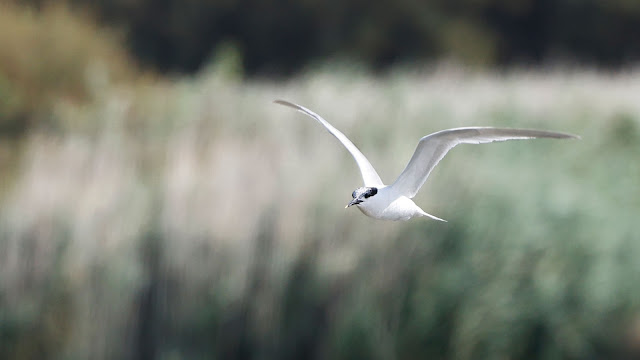














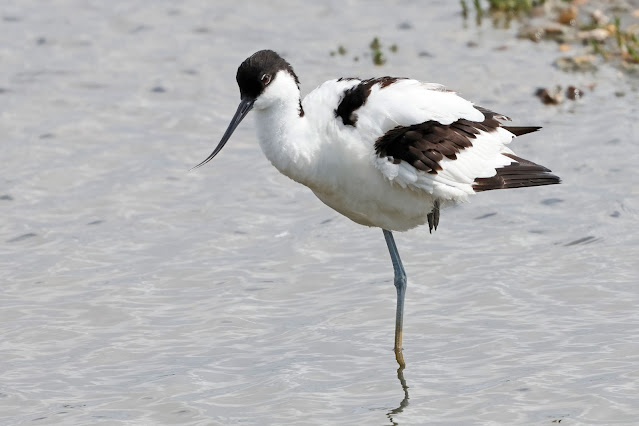
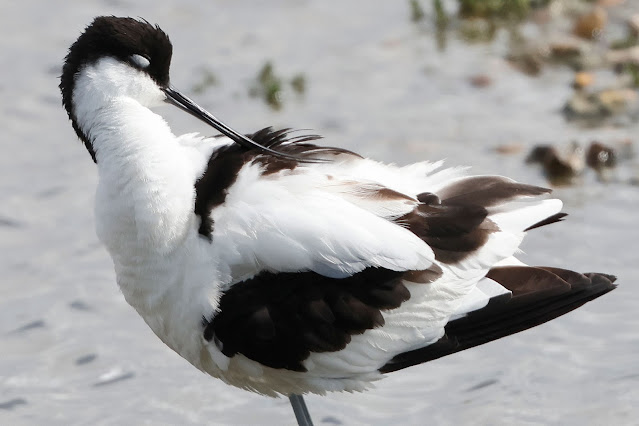









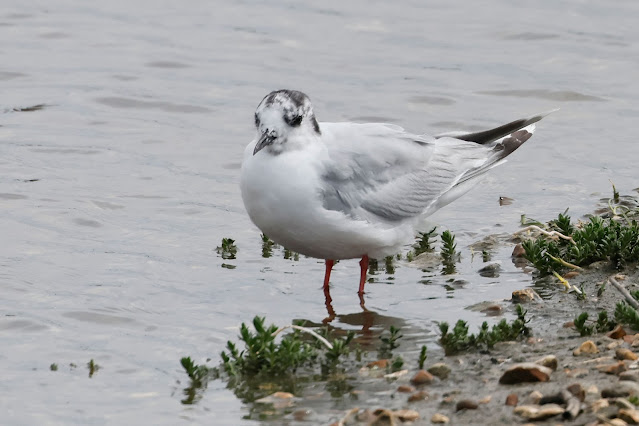






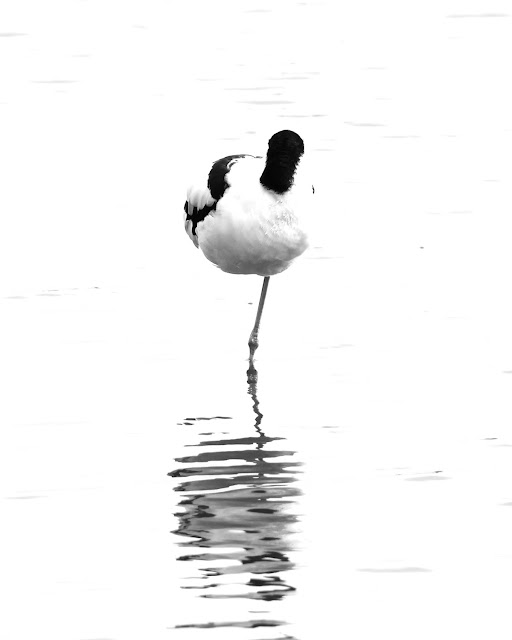



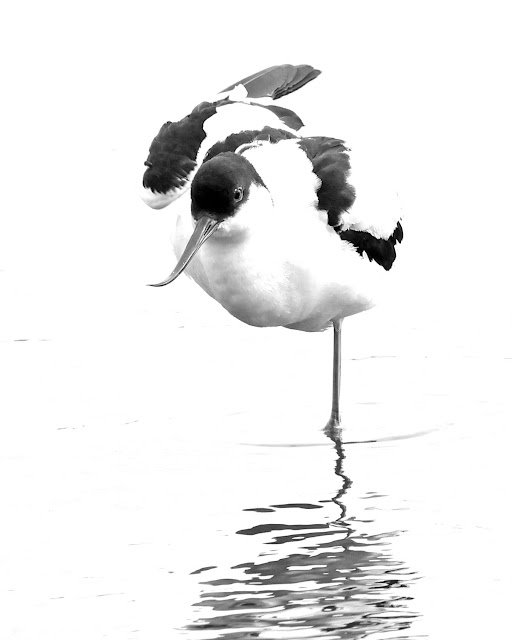



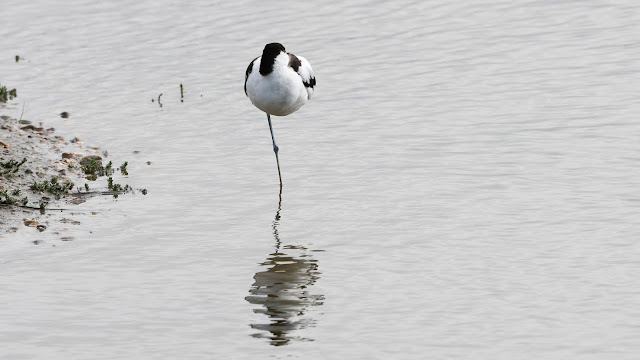































No comments:
Post a Comment